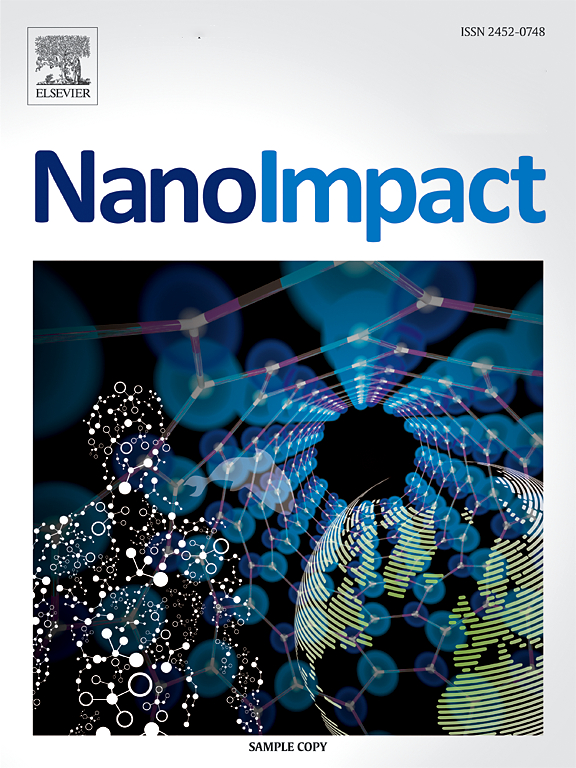Predicting the dissolution of metal-based nanoparticles by means of QSPRs and the effect of data augmentation
IF 5.5
3区 环境科学与生态学
Q2 ENVIRONMENTAL SCIENCES
引用次数: 0
Abstract
Particle dissolution is a critical process in the environmental fate assessment of metal-based nanoparticles (MNPs). Numerous attempts have been made previously to adequately quantify dissolution (kinetics), however, existing dissolution data and models are generally limited to a few nanomaterials or specific time points. Hence, they only capture phases of the process. This study aimed to develop a Quantitative Structure-Property Relationship (QSPR) model to predict the ion release (in %) of MNPs for different time points and water chemistry conditions. Furthermore, many machine learning models are frequently plagued by a lack of data and recently data augmentation has been suggested as a method to mitigate this issue. Therefore, we also investigated the effects of data augmentation on QSPRs. Following data collection from literature, QSPR models were generated and results indicate models with adequate performance (R2 > 0.7). Results also demonstrated significant improvements in model performance with increasing amounts of applied data augmentation. However, a deeper evaluation of the results also highlighted that data augmentation can lead to misleading and overoptimistic model evaluation. Thus, proper model assessment is necessary when evaluating QSPRs. Variable importance analysis results revealed that the “initial concentration” and features related to the size and shape of MNPs were the most critical factors in the dissolution process. The predictive models generated here for MNP dissolution can improve nanomaterial testing efficiency and guide experimental design.

利用QSPRs预测金属基纳米颗粒的溶解及数据增强效应
颗粒溶解是金属基纳米颗粒环境命运评价的关键过程。以前已经进行了许多尝试来充分量化溶解(动力学),然而,现有的溶解数据和模型通常仅限于几种纳米材料或特定的时间点。因此,它们只捕获流程的各个阶段。本研究旨在建立定量结构-性质关系(QSPR)模型来预测MNPs在不同时间点和水化学条件下的离子释放(in %)。此外,许多机器学习模型经常受到缺乏数据的困扰,最近数据增强被建议作为缓解这一问题的方法。因此,我们还研究了数据扩增对QSPRs的影响。通过文献资料收集,我们建立了QSPR模型,结果表明模型具有足够的性能(R2 >;0.7)。结果还表明,随着应用数据增强量的增加,模型性能得到了显著改善。然而,对结果进行更深入的评估也强调,数据增强可能导致误导性和过于乐观的模型评估。因此,在评价QSPRs时,适当的模型评估是必要的。变量重要性分析结果显示,“初始浓度”以及与MNPs大小和形状相关的特征是影响溶解过程的最关键因素。本文建立的MNP溶解预测模型可以提高纳米材料测试效率,指导实验设计。
本文章由计算机程序翻译,如有差异,请以英文原文为准。
求助全文
约1分钟内获得全文
求助全文
来源期刊

NanoImpact
Social Sciences-Safety Research
CiteScore
11.00
自引率
6.10%
发文量
69
审稿时长
23 days
期刊介绍:
NanoImpact is a multidisciplinary journal that focuses on nanosafety research and areas related to the impacts of manufactured nanomaterials on human and environmental systems and the behavior of nanomaterials in these systems.
 求助内容:
求助内容: 应助结果提醒方式:
应助结果提醒方式:


